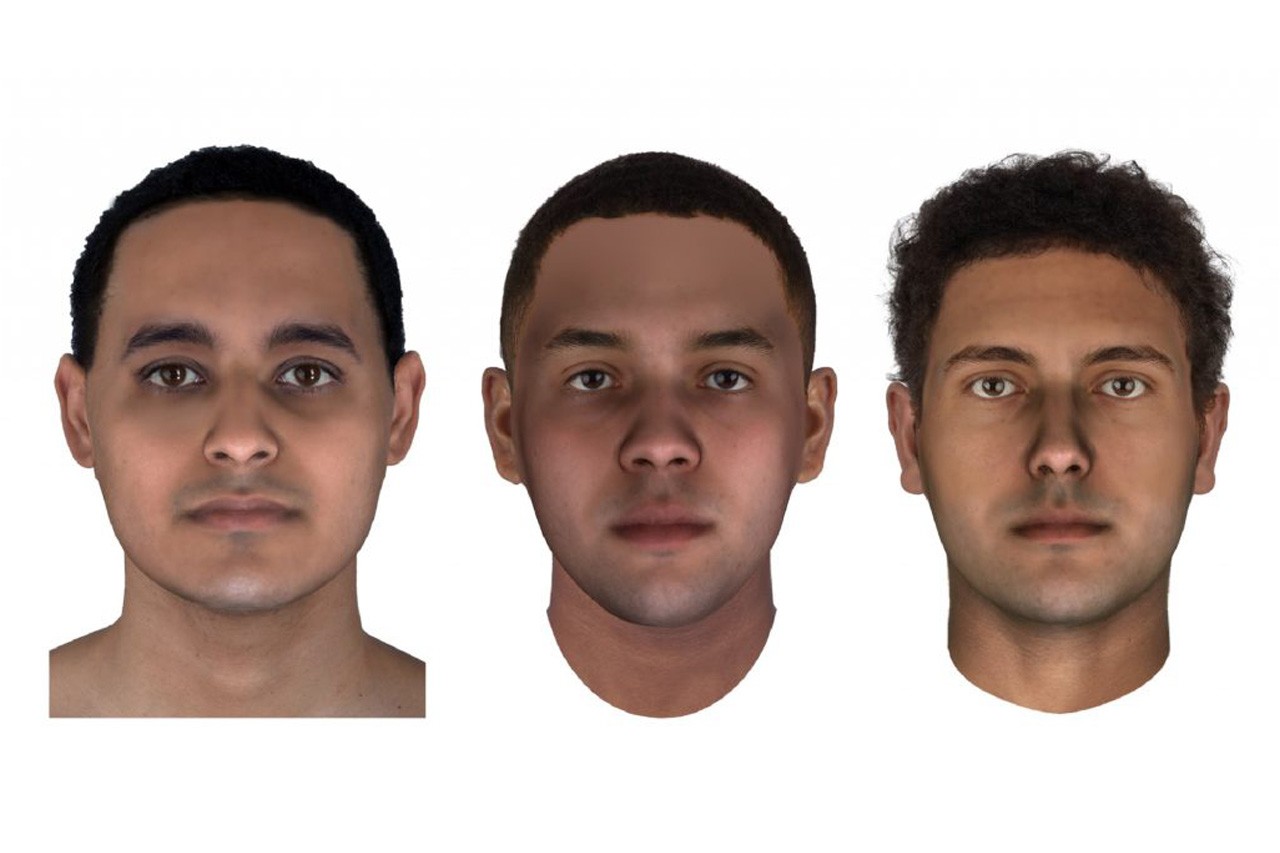
With a little imagination and a bit of technology it is possible to recreate the faces of different members of ancient Egyptian royals. There are different accounts on YouTube that, using design tools, show what the faces of different characters in the story would look like.
For example, the PhotoshopSurgeon channel where you can see different transformations using the Photoshop program. One of the most amazing clips shows the face of Queen Tiy, wife of Egyptian pharaoh Amenhotep III, who was Akhenaten's mother and Tutankhamun's grandmother.
In the video you can see how the queen was “revived” based on her 3,400-year-old mummy. It is a virtual step-by-step tour that lasts just over three minutes.
The rest of the channel shows all kinds of transformations made with the aforementioned editing tool: rejuvenation, changes in traits, gender and much more.
For history lovers, the Panagiotis Constantinou Canal may be a good option, since technology is applied there to recreate traits of different historical characters. There is a video specifically showing the human faces generated from pharonic mummies, in the style of the previous clip.
In turn, you can find reconstructions of the faces of Queen Elizabeth I of England, Hernan Cortes, Roman emperors and characters from Antigua Greece.
As mentioned, they are all creations that are made using different techniques of reconstruction and digital editing. But beyond these videos, there are scientific developments that seek to get to know more precisely what different characters in the story have looked like and that requires DNA analysis.
Reconstruction of faces using DNA from more than 2,000 years ago
It should be recalled that at the end of 2021, a team of forensic investigators from a technology company recreated the faces of three men who lived in Ancient Egypt more than 2,000 years ago. Based on DNA data extracted from their mummified remains, the researchers created 3D models that show what those people looked like when they were 25 years old.
Scientists at the US company Parabon NanoLabs used an advanced process known as DNA phenotyping, which involves taking DNA samples and using data to predict the observable physical and biochemical attributes of an organism, along with its age and skin color. The three men came from the ancient Egyptian city of Abusir el-Meleq, south of present-day Cairo.
The findings mark “the first time that complete DNA phenotyping has been performed on human DNA of this age,” Dr. Ellen Greytak, Parabon's Director of Bioinformatics, said in a statement.

Explaining the difficult process, the scientist said that working with ancient human DNA can be challenging for two reasons: DNA is often heavily degraded and is usually mixed with DNA from bacteria.
The samples of the mummies, estimated to be between 2,023 and 2,797 years old, were processed by researchers from the Max Planck Institute for the Science of Human History and the University of Tübingen in Germany, institutions that worked alongside the American company since 2017.
The trio of mummies was named JK2134, dating from 776-569 BC, JK2888, which is estimated to have lived around 97-2 BC, and JK2911, which is believed to have lived around 769-560 BC. Scientists took the data from the European Nucleotide Archive (ENA), before sequencing them and “aligning them with the reference human genome”. An enzymatic repair of the damage was then performed on each sample.
To predict men's skin color, pigmentation and ancestry, scientists used a phenotyping method called Snapshot. Using this method, the scientists came to the conclusion that the complexion of the subjects was light brown, with dark hair and eyes and without freckles.
The researchers then generated 3D meshes that describe the facial features of mummies. They calculated heat maps to highlight the differences between the three men and refine the details of each face. After that, the Parabon forensic artist combined these results with Snapshot's predictions about people's facial features.
KEEP READING:
Últimas Noticias
Debanhi Escobar: they secured the motel where she was found lifeless in a cistern

The oldest person in the world died at the age of 119

Macabre find in CDMX: they left a body bagged and tied in a taxi
The eagles of America will face Manchester City in a duel of legends. Here are the details

Why is it good to bring dogs out to know the world when they are puppies




